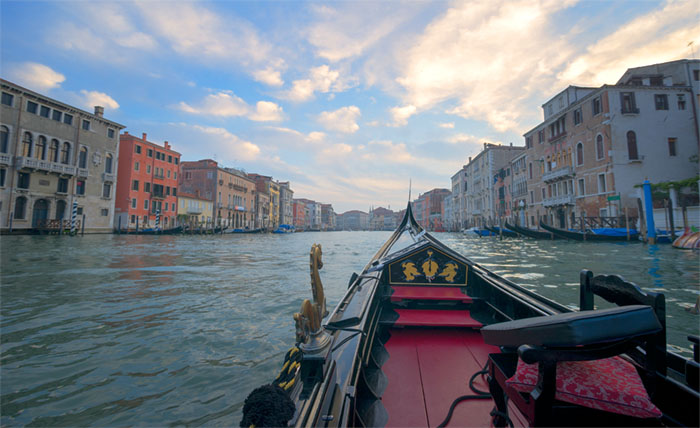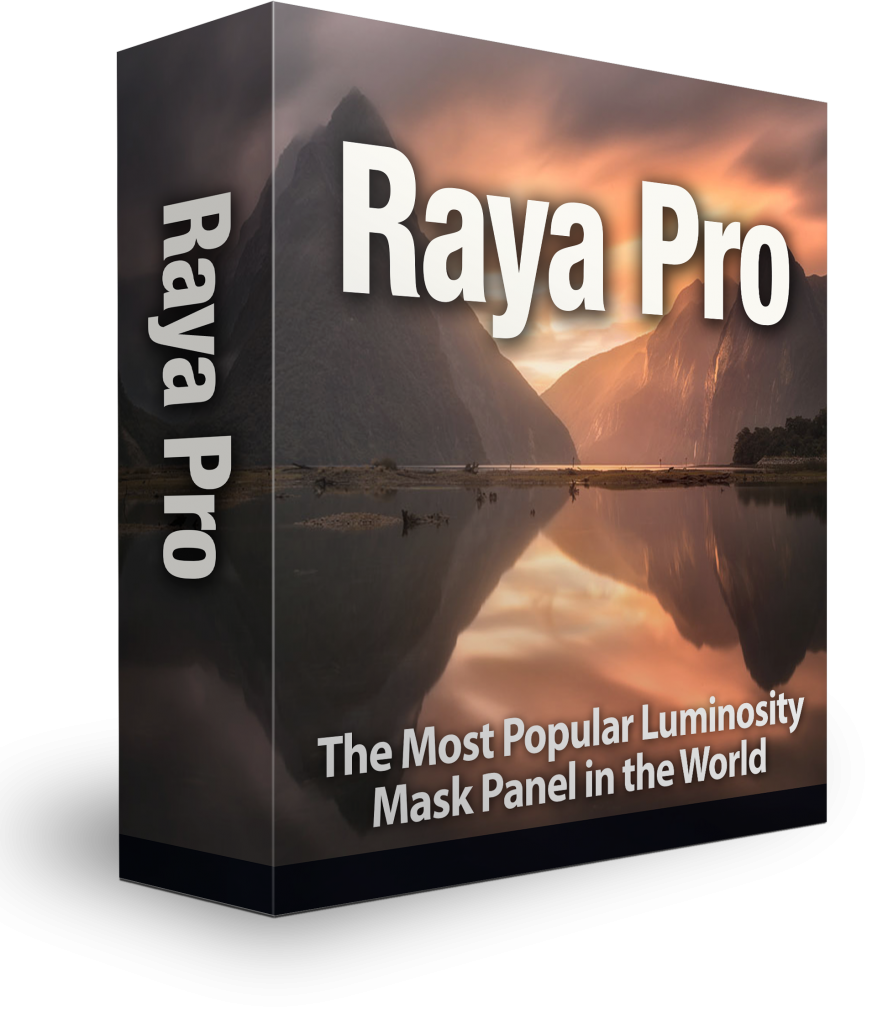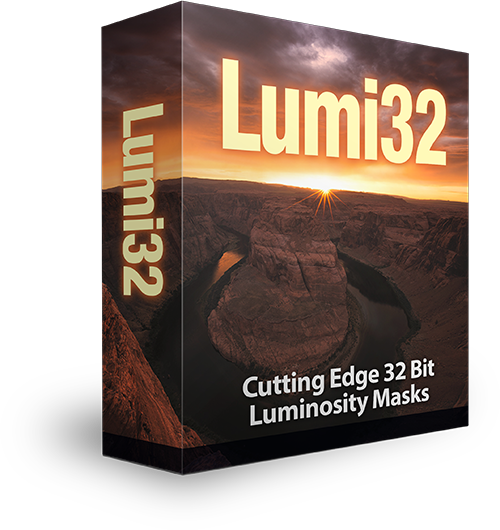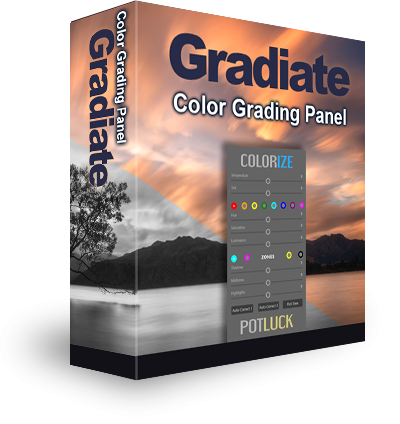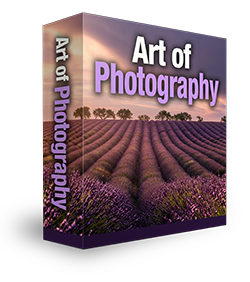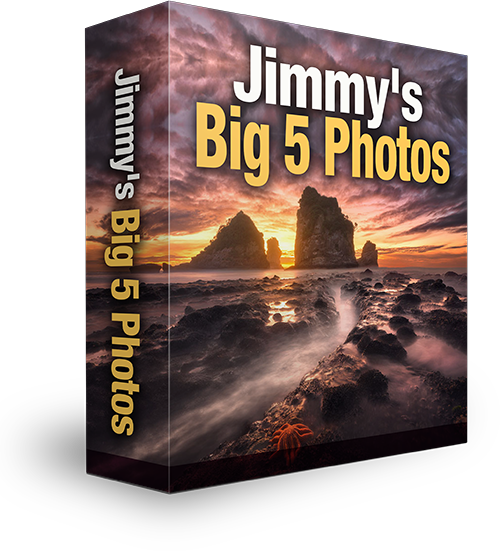Thank you to Heath Smith for this week’s Challenge Jimmy. In this tutorial we look at how to make the most out of a single RAW file with double/triple processing in Adobe Camera RAW. This allows us to create multiple exposures from a single RAW file and then blend them cleanly using our favourite digital blending technique.
Using double or triple processing, rather than pulling up the shadows and pulling down the highlights in ACR/LR, gives us more control over different areas of our image. For example, if we create a Sky layer where most of the highlights in our image live, this means we can make changes to just that layer which will only affect the sky, like adding warmth naturally. You can see this in action in the Challenge Jimmy video.
To take part in Challenge Jimmy, please email me at challengejimmymc (at) gmail (dot) com. Include a paragraph detailing what you found difficult, and attach a full sized JPEG of your final version.
